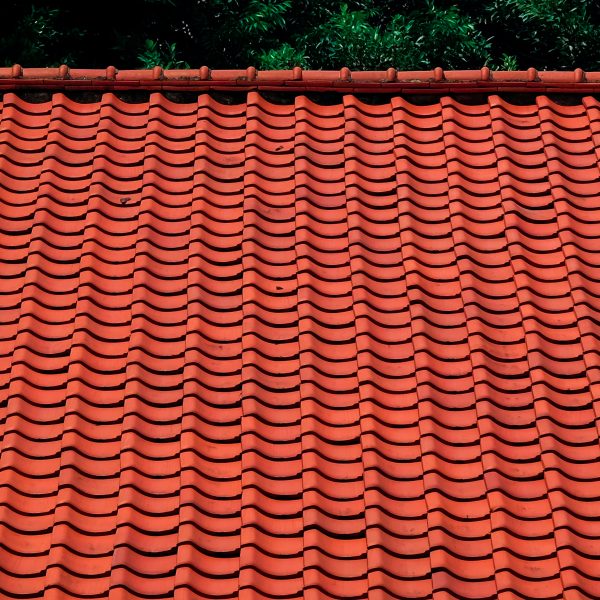Biophilic design evolves – merging nature with technology in ECEC

Biophilic design seeks to blend the very human need to connect with nature with principles of modern design, a concept which may seem at odds with the increasing reliance that early childhood education and care (ECEC) and other sectors have on technology for everyday processes and practices.
What is biophilic design?
The phrase ‘biophilia’ was first established by German-born psychoanalyst and social philosopher Eric Fromm in the 1970s, and was taken to mean “a love for humanity, nature, independence and freedom.”
Expanding on Fromm’s perspective, later in the 1980s, US biologist, Edward O Wilson, published ‘Biophilia‘ in which he adapted the word to mean “the rich natural pleasure that comes from being surrounded by living organisms.”
He believed that the need or want of humans to connect and affiliate with nature and other life forms is present in the genetic code of humans, but has been dulled over time by having to interact in environments of industrialisation and urbanisation. As a result of these interactions, he hypothesized, children’s behaviour and capacity for learning has also been negatively affected.
Biophilic design in early learning
The basic principle of biophilic design is to incorporate natural elements into any building at every available opportunity, offering its occupants an opportunity to connect with nature.
In an early childhood context, principles of biophilic designs show up in numerous ways, including:
- Construction which uses materials and textures that reflect or mimic those found in nature, including wooden interiors, and using finishes that reflect symmetry and patterns like those found in nature.
- An abundance of natural light, and healthy levels of indoor air quality
- Views of, and access to, the natural world outside of the building, with clear glass preferenced over more translucent options
- Integration of outdoor learning areas for more exploratory, experiential education
Evolving to include technology
As technology becomes an integral part of early learning settings, from offices to classrooms, so too must design evolve.
Although it may feel counterintuitive to bring technology together with nature. However technology offers a wide variety of intersections with biophilic classrooms. For example, a classroom may have dynamic lighting systems, which mimic natural daylight, with their intensity changing automatically to enhance focus and reduce eye strain, or to sync up with the children’s rest periods.
Sounds of nature can be replicated using technology, allowing children to experience soundscapes of rain and thunder, or to connect visually with patterns more typically found on a rainforest floor.
Design tips for biophilic spaces
Moving to embrace a biophilic classroom does not have to involve covering all available spaces with indoor plants, or installing skylights in every room. What it may mean, however, is taking a more thoughtful approach to integration.
Simple changes, such as adding one live plant to clean the air, or using virtual excursions to connect children with natural environments.
For the team at Aurora Early Education biophilia is an important part of enhancing the experience of children and families.
Biophilia, CEO and Co-Founder of Aurora Early Education Sheela Edwards said, supports the Aurora Philosophy of “Connect, Care, and Create” and is incorporated in the design of all its services.
“At Aurora, all our spaces invariably integrate biophilic design elements to enrich the physical and mental well-being of our staff, children and their families” she said.
“Our centres incorporate biophilic design in both its structural and design elements to enrich our children’s love and appreciation for nature, and enhance their physical and mental wellbeing.”
“Biophilia is an integral part of the Aurora curriculum, and nature is one of our Key Focus Areas.”
Piazza spaces in the services have been designed through the lens of a child based on biophilic design principles that focus on bringing the outdoors inside. Plants are used within the space to create a seamless transition from out to in.
Glass doors are used throughout the centre to encourage children to observe nature by watching plants sway gently with the wind or rainfall from the moving clouds.
Circle-shaped elements are incorporated throughout because circles, Ms Edwards said, “represent the eternal whole and the circular designs we find in nature.”
“These elements are inadvertently observed and ingrained in infants’ and toddlers’ minds and eventually grow into a deeper ideology in kindergarten.”
“In every culture, circular designs commonly represent the sun, the earth, the moon, the universe and other celestial objects. Circles in nature have free movement as they can roll, and they give a sense of fullness and love. Their movement suggests energy and power, and their completeness suggests infinity, unity and harmony.”
Aurora Doncaster’s fish tank, which resides in the foyer, is one of the most loved areas in the service, and an example of the beauty and connection which biophilic design evokes in children and families.
“The fish tank is a place that connects the children to nature and creates a calming effect which is most beneficial on pick-ups and drop-offs,” Simone Edwards, COO and Co-Founder of Aurora Early Education explained.
“It is a key feature of our building design integrating children’s exposure to nature on a daily basis in a captivating way. Beauty is a strong element of our curriculum and the fish tank brings an element of magnificence, harmony, and peacefulness. The positioning of our fish tank is in an area that is central within the building which creates a beautiful environment to facilitate meaningful connections with families and staff.”
The unique opportunity of biophilic design
To early childhood education and care (ECEC) providers who are looking to bring in new and innovative directions to their spaces, biophilic design offers a unique opportunity.
Looking at educational spaces through this lens of biophilic design, educators are able to reinvasion learning spaces to support modern learners and lend an additional element of sustainable thinking.














